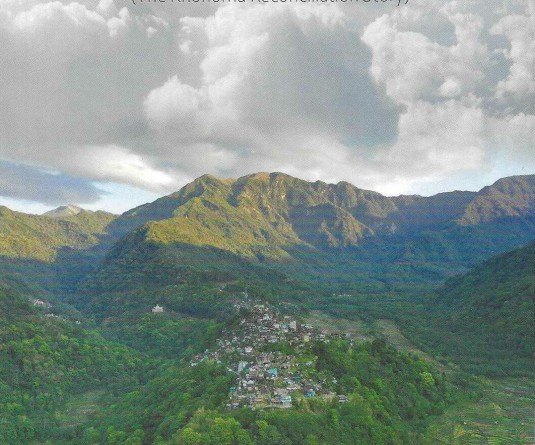
The Baptist High album has some old photographs of the area called Mission Compound where the school first held its classes. In some of the photographs, the solid structure of what was called the mahogany house serves as a background for student and teacher photos. The mahogany house is still standing. It was first used as the Mission school. After that it housed some sections of the Baptist High. In course of time, it came to be used by the Baptist College for different purposes. In the sixties, the four rooms of the mahogany house served as classrooms for classes 4, 5 and 6. These were the classes that could concoct the most noise and dust. The wooden floors were always dusty after being trampled all day by student feet. The noise generated by healthy youngsters was hard to tame, and proved a problem since the classes were so close to each other. That was one of the reasons why all teachers carried a stout stick known as teacher’s stick. And they used it without hesitation.
The first headmistress of the Baptist High was the Rev. Beilieü Shüya. There are photos of her surrounded by eager students. Most of the students in the pictures dating from 1959-60 wore no shoes. That would appear most unusual to students of today. But it was common for people from the villages to go barefoot on feet that were calloused from never wearing shoes. Rev. Beilieü turned 95 on the 15th August this year. There is a video of her which has gone semi-viral featuring Rev Shüya in a blanched almon body cloth, speaking in a clear voice about her faith in God and her joy in being born a Naga. The well-travelled Reverend affirms there is no place on earth as beautiful as Nagaland. At the height of the Indo-Naga conflict Rev. Beilieü went on to establish the National School in 1964. The name of the school was inspired by the nationalistic struggle going on in the area at the time.
After this effort, she opened two more private schools, one in Phek and one in Pughoboto. In both places, the schools were absorbed by the government.
Coming back to the album, there is a famous picture of the Mission Chapel with students lined up in the ground area, on their way to assembly. The Mission Chapel was built by the American missionaries. In the crucial months leading up to the war, services were held for the soldiers who attended the service with their loaded rifles, making a touching scene as they knelt to pray and be prayed for. The chapel carried local history and survivors recollect it in their memoirs. Along with the mahogany house, it was said to have escaped damage during the war. In 1975, my father and other members of the church were attending a service when pieces of the ceiling fell into their midst. This was their cue to take permission and give much needed repairs to the church. However, 25 plus years later, the chapel was unceremoniously torn down and a modern building took its place. Old timers were not happy with the brutal action. They felt that the chapel could have been repaired and preserved since it was a monument of Mission history in Kohima. But done is done, too late to cry over spilt chapel.
Another emotionally painful sight for the alumni of BH was a video of one of the old rubber trees being cut down. The reasons given were that it was posing a hazard to pedestrians on the road below. Its age was another factor that determined its destiny. It was difficult to watch the video. It was like a part of one’s childhood being torn away. One can only hope that a replacement will be planted to give shade to the area as the old one did. The rubber trees were really special. As children we climbed the gnarled roots and even dared the lower branches. In summer, caterpillars made their homes in the leaves and branches, and dropped down on passersby in the evening hours. One night, my uncle brought home a big specimen that had dropped on his back and clung to his jacket all the way home.
The rubber leaves had a soft inner membrane which we collected and took home. Not that it was good for anything. But children like to collect anything that takes their fancy.
The background of the photos show forests and mountains, all of which have been subsumed today by concrete buildings in the Para medical area and the Forest colony and even Science College. Landscapes once familiar to us have now become mere memory. But the first headmistress is still hale and hearty. We draw much needed comfort from that fact.






